There is no right age to toilet train the child, for it depends on a child’s readiness to transition and his physical development and skills. However, according to the American Academy of Pediatrics, two-and-a-half years is the recommended age to begin potty training. Any attempts to train the child before he turns two could be unfruitful and lead to disappointment.
The following behavioral traits indicate that the toddler is ready for potty training:
He displays an interest in the bathroom and often attempts to sit on the toilet.
Has fewer wet diapers, which means your toddler’s bowels and bladder have better holding capacity.
- Soiling happens at a predictable time, after set intervals.
- The toddler indicates an urge to urinate or defecate through sounds or facial expressions.
- Does not relieve himself spontaneously, anywhere, which indicates voluntary control.
- Toddler wakes up after naps with a dry diaper.
- Displays ability to pull down and pull up the lower clothes.
- The toddler can imitate several actions made by a parent.
- A sense of independence and the ability to say “no.”
- Displays gross motor skills like the ability to walk, move doors, and sit down.
- These signs show that your child is ready for potty training. But are you prepared?
Successful potty training begins with the right preparation. Here is how:
Choose the right time: Avoid training when a toddler is likely to feel stressed. For example, situations such as moving to a new place or around new people are not the ideal time for potty training. You can also time potty training according to the season. Summer is perhaps the best time since your toddler is likely to wear less clothing and cleaning any mess would be easier.
Block a weekend: Reserve three days of a weekend for potty training. Do not have any social appointments so that you can stay at home with the toddler and train him.
Keep the supplies handy: Stock yourself with tissues, extra clothes for your toddler, and some diapers in case things do not work out. Extra clothes will be helpful in case your toddler is unable to control his bladder or bowel movements.
Introduce your toddler to the potty chair: Go for potty chair shopping with your toddler and explain the purpose of it. Tell him that he has to pee and poop in the potty chair and not the diaper. Use words like ‘your potty chair,’ ‘big boy/girl,’ etc., to give the child a sense of pride and responsibility.
Have a trial run a day before the training begins: A day before the actual training, dress your toddler in nothing but an oversized T-shirt for a couple of hours. Ask him to tell you when he wants to urinate or defecate and keep an eye on the child to gauge his behavior. If you suspect that the toddler has to use the toilet but is unable to express, put on the diaper right away.
Here are the steps to potty train your toddler in three days:
Potty training – day 1:
Dress the toddler as usual, but do not put on a diaper.
Tell him that diapers left after saying “bye-bye” and he is all free to roam around without a diaper. The toddler will sense that not wearing a diaper is a happy thing.
Give your toddler a fiber-rich breakfast with some extra fluids. That will get his bowel and bladder full sooner.
Point to the potty chair/ seat and tell the kid to inform mom or dad when he wants to relieve himself. Explain that he has to pee or poop only in the potty.
Go about the usual routine, but stay indoors. Let the toddler play with his toys and prance around the house. Watch out for any cues indicating that the toddler wants to relieve himself.
If the body language or facial expressions indicate the kid’s urge to pee or poop, take him to the toilet. The potty can be placed in the toddler’s room (at least for the initial days) for better accessibility. You can also place it in the bathroom right from the beginning, to help the child identify the bathroom as a place where he has to relieve himself. Also, cleaning any mess is easier in the bathroom.
If the toddler feels like excreting, make him sit on the potty and tell him to do it right away. Remember, he already had a trial run. So, he will know that he has to sit on the potty.
For encouragement, you can sit on the closed seat of the adult toilet and say “Look, mom is sitting right beside you.”
Every time he uses the potty chair, praise him and say “That’s right! That’s how you do it.”
If he spills things outside, do not say “It’s okay” or scold him. Instead calmly reiterate by saying something like “Poop and pee always go to the potty chair. You can get it right. Try again”.
Praise and suggestions work best when the toddler gets a consistent message from both the parents; so make sure to involve your partner in it.
Once done, wipe the bottom clean with a toilet paper. Let the toddler see how you do it and the next day, let him try to do it by himself, with your help.
After he is done, ask him to put on his shorts. Help him out if he needs assistance. Do not give him underpants since they make him feel like he has a diaper. It is okay for the toddler to stay without his underwear and he may even be comfortable that way.
Before he goes to bed, take him to potty and ask him if he wants to relieve himself.
For nighttime potty training, experts recommend setting the alarm and waking up the toddler to visit the toilet at regular intervals. It may be challenging, but it can help the toddler understand the vitality of bladder and bowel control outside the toilet.
Night time potty training can be a slow process and needs repeated attempts. If you feel that the toddler is too young for nighttime potty training, then focus on daytime training. You can put on the diaper at night.
Potty training – day 2:
The next day, repeat the steps from day one.
After breakfast and potty time, take the toddler outdoors only with his underwear and shorts on. The toddler may feel uncomfortable or elated to be outside without diapers. Reassure that it is okay to go out without a diaper and ask him to tell you if he wants to go to the toilet.
Do not venture too far out of the house. If required, just go to the terrace or a park nearby. When the toddler has the urge to go to the toilet, take him back home and to the potty.
You can also bring a portable potty along to make things convenient. Do remember to carry some toilet papers, tissues, and hand sanitizer as well.
On day two, let the toddler clean himself after using the potty. He may be clumsy, but tell him the right way to do it.
Getting him involved in cleaning himself up can make potty training interesting for him.
Potty training – day 3:
Repeat the steps from day one. This time you can go out for a couple of hours during the day.
Going out for longer can help instill confidence in the toddler, while also reinforcing the point that he has to visit the potty every time he has to pee or poop.
You are likely to notice a significant change in the toddler’s potty habits from the fourth day. He will have more interest and a better understanding of using the potty, which indicates that your efforts worked. However, even the three-day potty training method can have its ups and downs.
Here are the pros and cons of potty training the child in three days:
Pros:
Teaches your toddler to be independent. Also, your toddler is more likely to use a potty than relieve himself in his underwear.
There is less dependence on diapers. You may still have to keep them handy, but at least the frequency of diaper changes goes down.
Your toddler can transition to an adult toilet sooner since he already understands the concept of using a toilet for nature calls.
Eventually, you will have to make fewer diaper changes at night, thanks to the habit of using the potty during the day.
Cons:
The initial frustration! Imagine trying to get your toddler to sit on the potty, but all he wants to do is play and jump around on it. It can be quite challenging to convince a playful toddler that the potty is not a play tool.
It is not easy for parents to dedicate three whole days for potty training, especially when both the parents are working. And if you have another child to attend to, then potty training certainly gets cumbersome.
Since the toddler is diaper-free, there are going to be mishaps, which means washing some soiled clothes and cleaning pee puddles on the floor. After a few such incidents, it can get very vexing.
Consistency and reinforcement of training will ensure the toddler gets it right. But what if the toddler does not seem to pick up the habit even after repeated training?
If the three-day potty training did not work, then try understanding the reasons behind its ineffectiveness. Here is how you can do that:
Identify the problem: Analyze and ask questions to find out why the child is not using the potty as he should. Perhaps it has to do with the placement of the potty? Maybe the potty seat is uncomfortable? Older toddlers understand questions, so ask them if something is making them uncomfortable about using the potty.
Try again next week: If the long weekend does not work, then try again next weekend. If that does not work either, give a chance the weekend after that. Be persistent in your efforts to the maximize chances of success.
Attempt a month later: If you fail three consecutive weekends, then take a break for a month. Until that time, try to get the child interested in using the potty. Let him play with it, sit on it, and understand it better.
Let your toddler grow by a few months: Perhaps your toddler is not old enough yet to understand the concept of potty training. You can wait for three to six months before you attempt potty training again. The older the toddler gets, the better he is at communications skills, which can help training him better.
Remember, potty training is not easy, and you will face hindrances. But those three days are crucial to turning the toddler in favor of using a potty for relieving himself. The more you work on it, the faster he learns to use the potty in three days, or even less!
Original article: https://www.momjunction.com/articles/how-to-potty-train-your-baby_00117838/





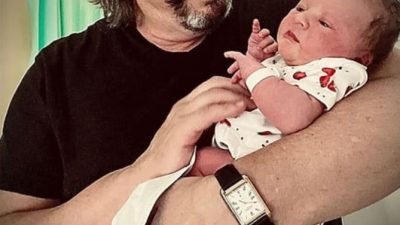






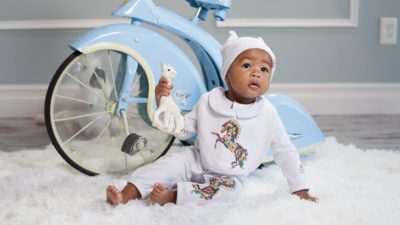












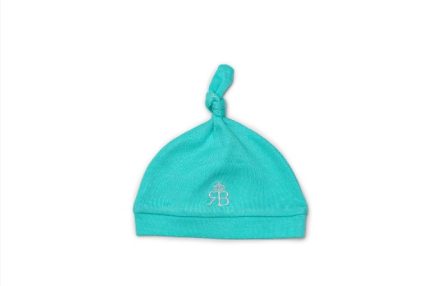
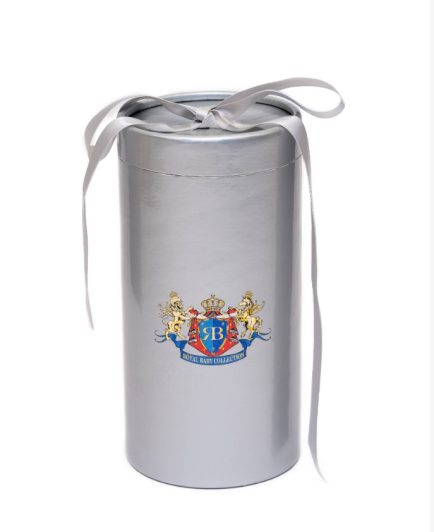

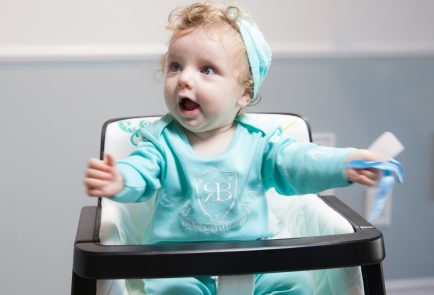


Comments